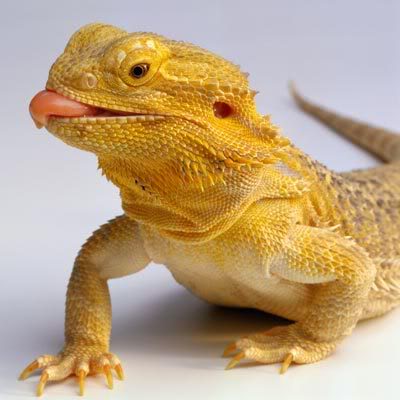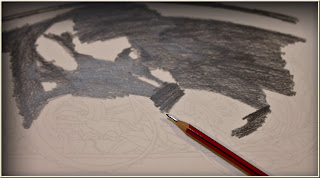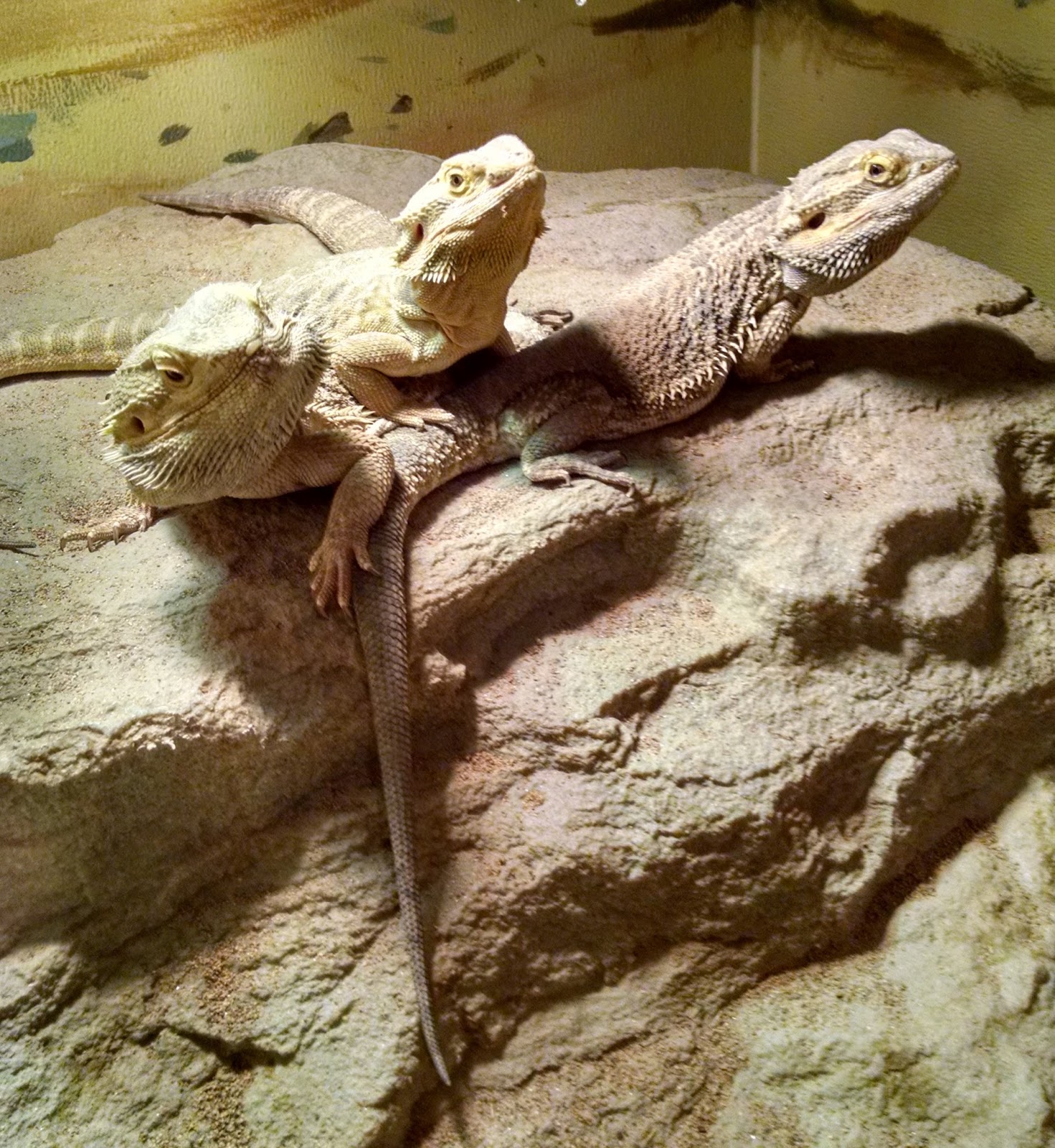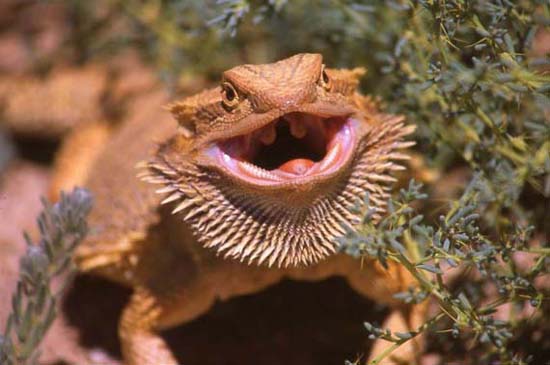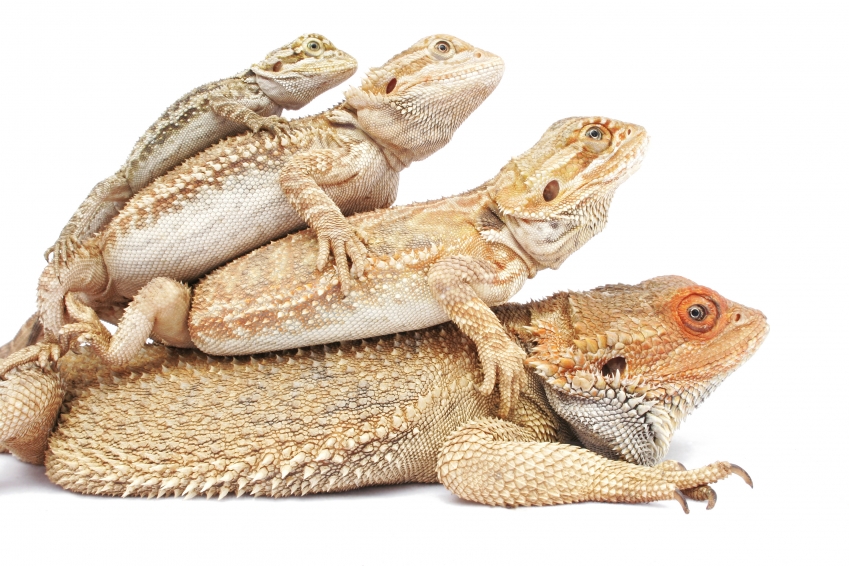Oh No! I Found My Bearded Dragon on His Back! What Should I Do?
Introduction
Owning a bearded dragon can be a fun and rewarding experience. These reptiles are known for their docile nature, ease of care, and friendly personalities. However, as with any pet, bearded dragons can experience health issues that require attention and care. One of the most concerning problems that owners may encounter is finding their bearded dragon on their back. This can be a scary experience for both you and your pet. But don’t panic! In this blog post, we’ll cover what to do if you find your bearded dragon on his back.
Why is My Bearded Dragon on His Back?
Before we dive into what to do when you find your bearded dragon on his back, it’s important to understand why it might be happening in the first place. There are a few reasons why a bearded dragon may end up on their back. Here are some of the most common:
-
- Overheating: Bearded dragons need to have a basking area in their enclosure where they can warm up. If the basking spot is too hot or the enclosure as a whole is too warm, your bearded dragon may flip over to try to cool down.
-
- Resting: Bearded dragons sometimes lay on their backs to rest or just relax. If they are comfortable and safe in their environment, they may choose to lay in this position for a while.
-
- Health problems: Sometimes, bearded dragons may end up on their backs due to underlying health issues such as metabolic bone disease, vitamin D deficiency, or some other illness.
-
- Territorial issues: If more than one bearded dragon is housed in an enclosure, one may flip the other onto their back as a means of dominance or aggression.
What to Do When You Find Your Bearded Dragon on His Back
If you find your bearded dragon on his back, it’s important to act quickly to ensure their safety and health. Here are some steps you can take to help your bearded dragon:
Step 1: Assess the Situation
The first thing you should do is assess the situation. Is your bearded dragon conscious? Are they breathing normally? Are there any visible injuries or signs of distress? If your bearded dragon is unresponsive or appears to be in distress, seek veterinary attention immediately. If everything seems fine, move on to the next step.
Step 2: Flip Them Over
Once you’ve assessed the situation and determined that your bearded dragon is okay, you can try to flip them over. Gently place your hand on their belly, and roll them over onto their stomach. Be very careful when doing this, as bearded dragons have delicate bones that can easily be broken. If you’re having trouble flipping them over, don’t force it. Instead, seek veterinary assistance.
Step 3: Monitor Them
After flipping your bearded dragon back over, keep a close eye on them to make sure they’re okay. Offer them water to help rehydrate them if needed. If you notice any signs of distress or if they continue to flip over, seek veterinary attention as there may be an underlying health issue to address.
Preventing Your Bearded Dragon From Flipping Over
To prevent your bearded dragon from flipping over, here are some tips to keep in mind:
-
- Provide the proper temperature gradients in their enclosure so they can regulate their body temperature.
-
- Avoid overcrowding in their enclosure.
-
- Offer plenty of hiding spaces and climbing opportunities.
-
- Regularly check your bearded dragon for any signs of illness.
-
- Make sure their diet is well-balanced and provides all necessary nutrients.
Conclusion
Finding your bearded dragon on their back can be a scary experience, but it’s important to stay calm and act quickly. By following the steps outlined in this blog post, you can help your bearded dragon recover and prevent them from flipping over in the future. Remember, if you have any concerns about your bearded dragon’s health or well-being, always seek veterinary attention immediately.



